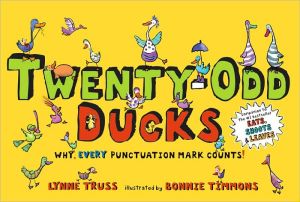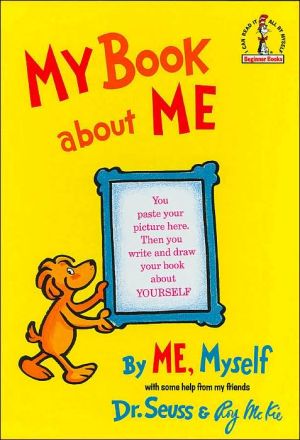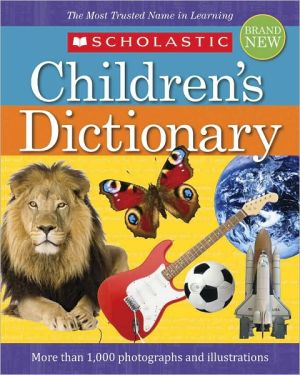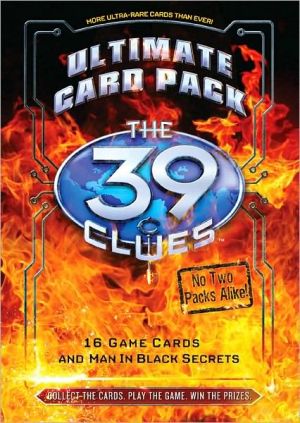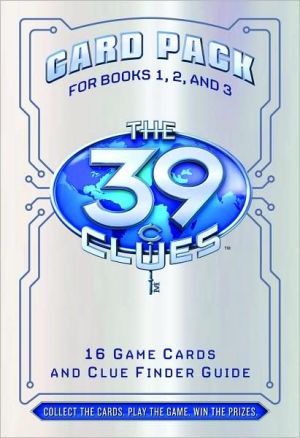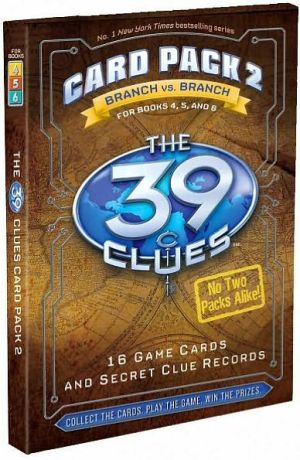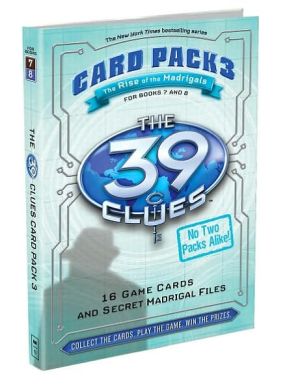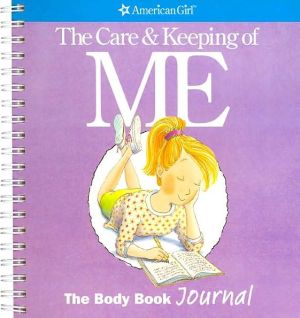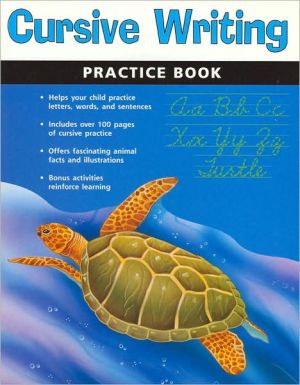Twenty-Odd Ducks: Why, Every Punctuation Mark Counts!
Commas and apostrophes aren't the only punctuation marks that can cause big trouble if they're put in the wrong place. Now, Truss and Timmons put hyphens, parentheses, quotation marks, periods, and more in the spotlight, showing how which marks you choose and where you put them can cause hilarious mix-ups.
Search in google:
Commas and apostrophes aren't the only punctuation marks that can cause big trouble if they're put in the wrong place. Now, Truss and Timmons put hyphens, parentheses, quotation marks, periods, and more in the spotlight, showing how which marks you choose and where you put them can cause hilarious mix-ups.School Library JournalGr 3-6 This follow-up to Eats, Shoots and Leaves (about the importance of commas) (2006) and The Girl's Like Spaghetti (about apostrophes) (2007, both Putnam) emphasizes the importance of punctuation in general. Truss again makes the case that careless application can dramatically change one's meaning. To prove her point, she provides contrasting examples of the same sentence, punctuated in different ways. Timmons's charming watercolors make the change in meaning clearer. In one example, a child gazes at a tower of presents obscuring a Christmas tree, and Truss writes, "'Do you know who came last night? Santa Claus,' said my mom." On the facing page, Santa addresses his elves-"'Do you know who came last night?' Santa Claus said. 'My mom.'" (Needless to say, no pile of presents accompanies the arrival of Santa's mom.) In each example, the pertinent punctuation marks are printed in red. An afterword provides additional explanation for each pair of examples. The references to royalty and Christian tradition point to the book's British origin, but Truss's examples should still be clear to North American students. Twenty-Odd Ducks will be most effective through guided reading in small groups, though savvy children may enjoy it as an amusing pleasure read.-Jayne Damron, Farmington Community Library, MI
\ School Library JournalGr 3-6\ This follow-up to Eats, Shoots and Leaves (about the importance of commas) (2006) and The Girl's Like Spaghetti (about apostrophes) (2007, both Putnam) emphasizes the importance of punctuation in general. Truss again makes the case that careless application can dramatically change one's meaning. To prove her point, she provides contrasting examples of the same sentence, punctuated in different ways. Timmons's charming watercolors make the change in meaning clearer. In one example, a child gazes at a tower of presents obscuring a Christmas tree, and Truss writes, "'Do you know who came last night? Santa Claus,' said my mom." On the facing page, Santa addresses his elves-"'Do you know who came last night?' Santa Claus said. 'My mom.'" (Needless to say, no pile of presents accompanies the arrival of Santa's mom.) In each example, the pertinent punctuation marks are printed in red. An afterword provides additional explanation for each pair of examples. The references to royalty and Christian tradition point to the book's British origin, but Truss's examples should still be clear to North American students. Twenty-Odd Ducks will be most effective through guided reading in small groups, though savvy children may enjoy it as an amusing pleasure read.-Jayne Damron, Farmington Community Library, MI\ \ \
